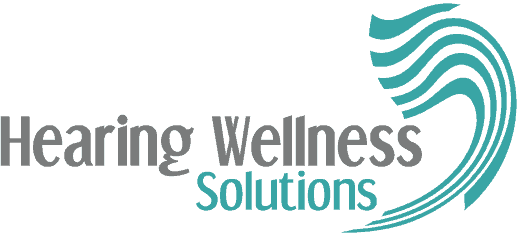Today, Americans and adults throughout the world are not only living longer – they are living healthier. There are many reasons this is the case, from advancements in medical technology to improved safety measures and awareness. Another way people are living healthier and happier as older adults is by making small lifestyle changes that can have a profoundly positive impact. If you or someone you love is an older adult, suggesting these simple modifications can make a big difference in overall quality of life.
1. Get Plenty of Exercise
Exercise is an important aspect of staying happy and healthy – regardless of your age. The World Health Organization (WHO) suggests that older adults participate in moderate-intensity aerobic exercise for at least 150 minutes per week, or vigorous-intensity aerobic exercise for 75 minutes per week. This is just the minimum. For added health benefits, the WHO recommends doubling these recommendations to 300 minutes of moderate exercise and 150 minutes of vigorous exercise. Examples of moderate exercise can include walking, hiking, dancing, swimming or even gardening. Vigorous activity can include strength training, fitness classes, weight lifting, swimming, or cycling.
People who meet these minimum requirements typically experience a lower risk for all-cause mortality, cardiovascular disease, diabetes, stroke, and colon and breast cancer. Exercise also improves mood and can provide a sense of community.
2. Eat a Healthy Diet
There is a huge difference between “eating a healthy diet” and “dieting”. “Dieting” is typically temporary, and feels restrictive and unsustainable. Eating a healthy diet, on the other hand, involves making simple diet changes that are sustainable for the long term and can turn into a lifestyle. Sticking to these simple “dos” and “don’ts” are a great place to start making healthier choices for your body. If you have questions about your individual dietary needs, reach out to a local nutritionist for a consultation.
- Diet Dos: Do eat lots of vegetables and fruits, especially green, leafy vegetables such as spinach or broccoli. Include a variety of colorful choices as well, such as sweet potatoes, carrots, and tomatoes. Vary your lean protein choices between fish, beans, peas, and lean poultry. Eat plenty of healthy fats, sourced from avocados, almonds, chia seeds, and fatty fish.
- Diet Don’ts: Don’t rely too heavily on processed foods. Life gets busy from time to time, however, most of your meals should be made of fresh ingredients rather than come from bags or boxes. It is also important to limit your intake of added and refined sugars.
3. Make “Smart” Modifications to Your Home
Many older adults who live at home choose to invest in relatively inexpensive “smart” technology for their home. For example, one may install a video doorbell that allows a homeowner to see and hear whoever is at the door, wherever they are in the house. Some even add the convenience of a code operated door, so friends and family members can let themselves in. This is especially helpful to those with limited mobility. Other smart technologies include voice or phone-controlled lighting systems, and lighted and vibrating alarm clocks and fire alarms.
4. Clear Your Home of Fall Hazards
Rugs are nice, but they can also create the perfect recipe for a slip or fall, especially if you rely on a cane or other assistive device to move around. Clearing your home of these and other unnecessary slip hazards (such as exposed cables or extension cords) can be very helpful in keeping you safe at home. It is also smart to use skid-resistant mats in the bathroom or under the kitchen sinks where wet floors can present an opportunity for a tumble.
5. Get Your Hearing Checked with Hearing Wellness Solutions
Living with untreated hearing loss is difficult for everyone, and can be even more so for older adults. If you are experiencing difficulties hearing those around you, reach out to our friendly team today to schedule a hearing consultation. Today’s hearing aids are packed with really impressive features – all aimed at making life easier and less stressful. Many hearing aids can even connect directly to other “smart” technology you may have installed, such as smart televisions and doorbell systems. If you’re ready for a hearing test, reach out to our friendly team at Hearing Wellness Solutions today!


